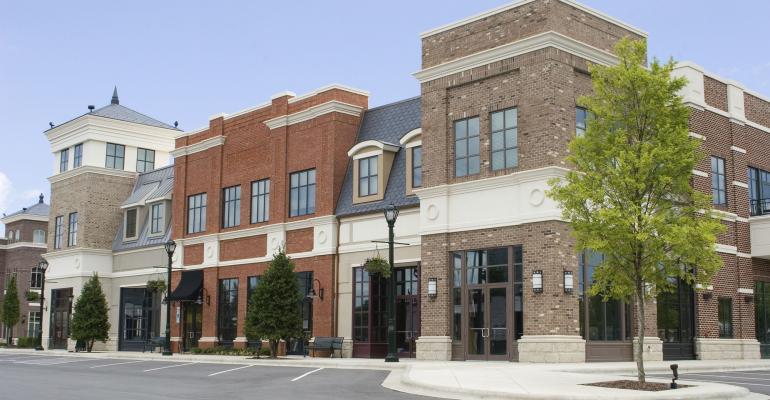In the past few years, we’ve seen an uptick in private investors that were focused solely on single-tenant retail branch out and expand into multi-tenant product at a more rapid pace as they chase yields. It’s seemingly a natural progression, but prior to about 2015, it was perhaps a bit less common for the private investor segment.
As it relates to retail assets specifically, familiarity is why most investors can make the transition from single-tenant to multi-tenant with confidence—the general rules apply to both product types. Of course, there are nuances that will play a role, but if one understands retail and the economic drivers of a location, the investor has a solid foundation to build from and they’ll be able to expand their focus successfully.
By acquiring multi-tenant retail assets, investors can enjoy better yields and diversification wrapped up into one investment. Not only can they mitigate the risk if one tenant happens to vacate or go out of business, but lease terms are often shorter in multi-tenant properties, which may offer an opportunity to push rents higher or replace them altogether.
Additionally, when the right mix of tenants comes together in the same center—the combination of a women’s fashion retailer, a jewelry store, and a shoe store, for example—they can leverage each other to drive sales. This creates ‘stickiness’ to the location and opportunities to increase value for all parties. In other words, when a retailer is able to drive value from its neighbor, it increases the chances of the tenant’s longevity.
Tenant mix: not all retail centers are created equal
Finding the right mix of retailers is vital to the center’s value, as well as the investor’s success. Due to what is widely considered to be the greatest transition in the retail industry since the 1950s—primarily driven by e-commerce—opportunities getting the most attention from investors right now are those with service-oriented retailers. Think medical, fitness, nail salons, restaurants, and the like—products and services that you cannot purchase online. Some investors are fearful of which will be the next retailer to fail due to changing consumer buying habits, and these internet-proof services help investors overcome their concerns.
But it’s not simply changing consumer behavior that’s causing some retailers to close their doors. It’s the retailer’s inability to appropriately adapt to today’s consumer. If we look to the past, recall that the once-dominant Sears started selling out of a catalog and didn’t open bricks-and-mortar locations until decades later when their consumer base demanded it—and that pivotal shift allowed them to flourish for quite some time. Amazon is showing itself to be on a similar path—growing into a retail giant via an “e-catalog,” and now it’s considering its physical store strategy to preserve its dominant position.
Retail is not going away, but it’s certainly changing. Today’s consumer wants it all—flexibility for on-demand purchases that they can touch and feel in a store and take home that day. But shoppers also want and expect the pricing that e-commerce offers. Discount merchants have been thriving in this new retail environment as consumers become more and more value-focused, but many are still not willing to give up the shopping experience. The retail concepts that are able to figure out the right mix of experiential shopping and value will likely survive the so-called “retail apocalypse.” And those investors who are able to acquire retail centers with an appropriate mix of internet-resistant tenants and service providers will be more likely to see their investments pay off in the long-run.
But what’s in store for the immediate future? As the market faces a potential downturn, velocity will likely slow, and the gap between bid and ask should widen a bit. Presidential election years can sometimes have a paralyzing effect on the market as folks have unanswered questions about the future. That said, there will still be investors who remain active, but a substantial decrease in buyer demand would lead to higher cap rates. Some sellers will choose to wait it out, but others will be motivated to sell due to uncertainty, loan terms maturing, or other factors unique to their situations. Short-term, however, the U.S. economy remains fundamentally strong and interest rates are extremely attractive. It’s possible that activity will remain robust for some time now, and once we officially enter a recession, it should not resemble what we experienced in 2008 and 2009.
Ryan Roedersheimer serves as associate director with Stan Johnson Company.





